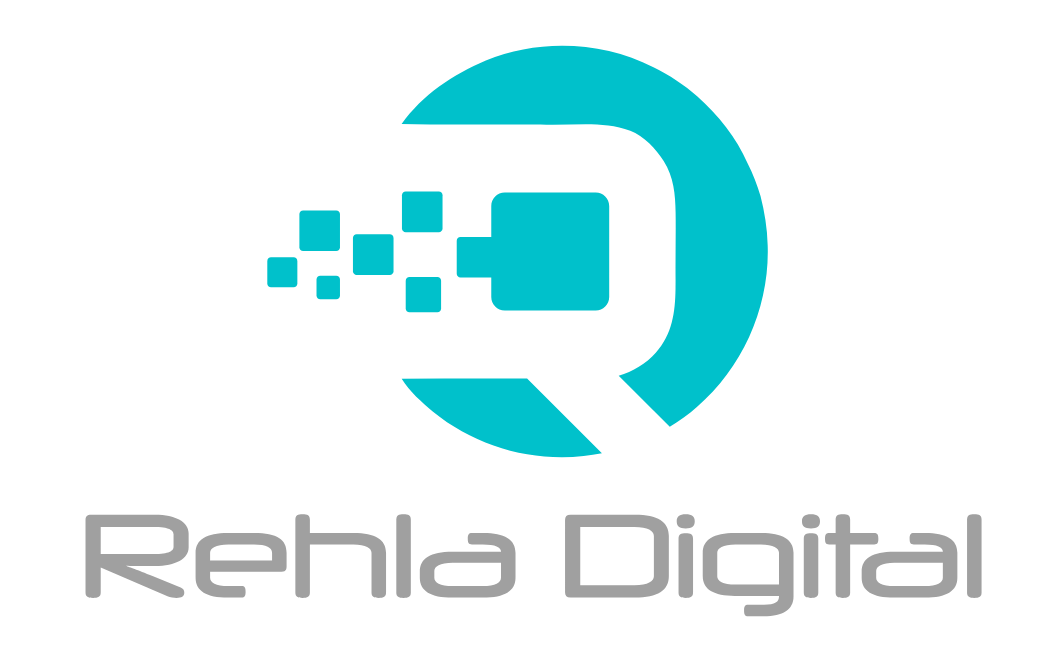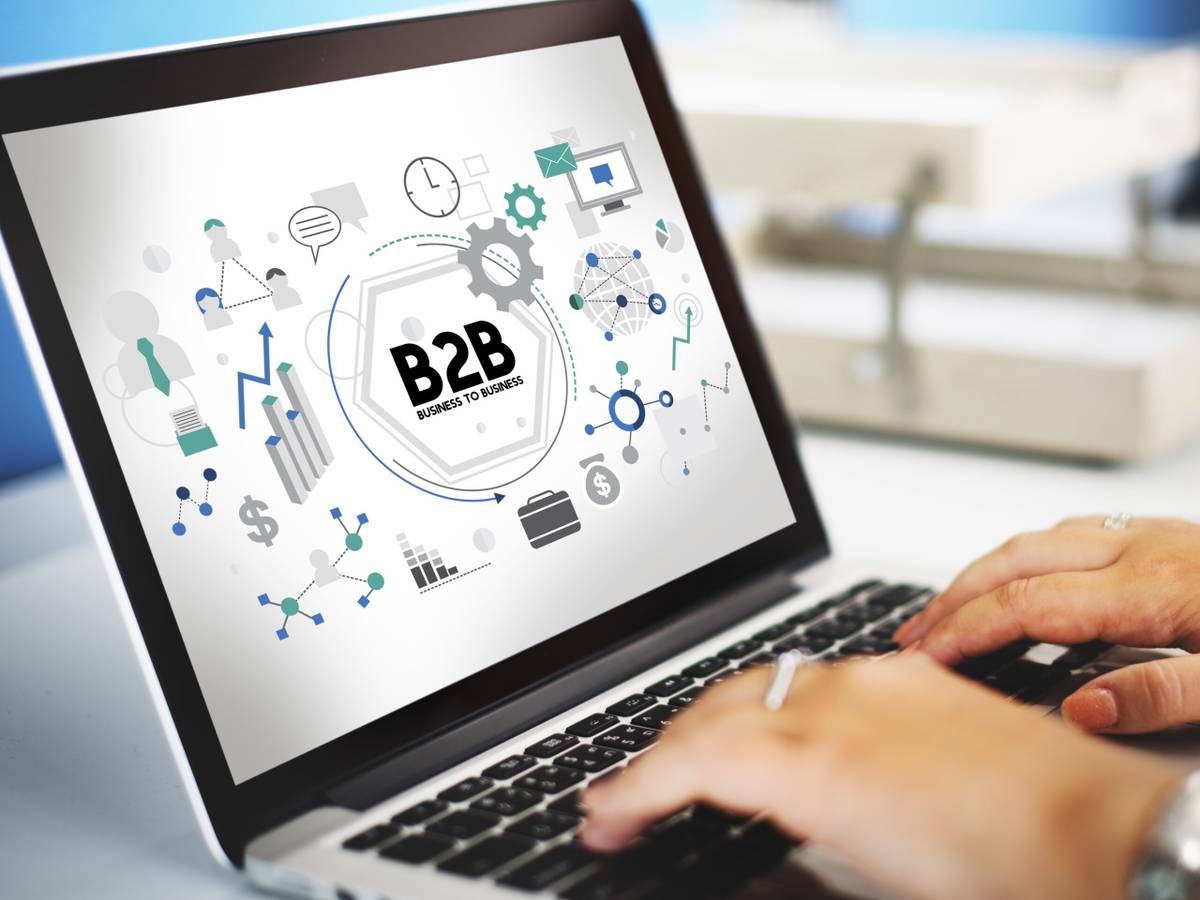Content Writing for Different Audiences: B2B vs. B2C
When it comes to content writing, understanding the nuances of your audience is crucial for creating effective and engaging material. This becomes particularly evident when comparing content for Business-to-Business (B2B) and Business-to-Consumer (B2C) audiences. Both segments require distinct approaches due to their differing needs, motivations, and decision-making processes.
B2B content is typically characterized by a formal, could be professional and serious or informative and informal tone, depending on what type of business we lead and as it targets audiences, professionals and businesses looking for solutions that enhance their operations.
This audience values data-driven insights, industry-specific knowledge, and detailed explanations of how a product or service can solve their specific problems. The buying process in B2B is often lengthy and involves multiple stakeholders, making it essential for content to be comprehensive, persuasive, and backed by solid evidence. Case studies, white papers, and detailed reports are common content formats used to appeal to this audience, as they provide the depth and rigor that business decision-makers require.

In contrast, B2C content focuses on capturing the interest of individual consumers, often appealing to their emotions and personal needs. The tone is usually more conversational and engaging, aiming to create a connection with the reader. B2C content tends to be shorter and more visually appealing, leveraging elements like storytelling, vivid imagery, and interactive features to maintain interest. The decision-making process in B2C is generally quicker and driven by individual preferences, making it essential for content to be immediately compelling and easy to digest. Blog posts, social media updates, and promotional videos are popular formats in B2C content marketing, as they cater to the consumer’s desire for quick and entertaining information.
Despite these differences, both B2B and B2C content share the common goal of building trust and credibility with their respective audiences. However, the strategies to achieve this vary significantly. B2B content must establish authority and demonstrate expertise, often through detailed and technical information. On the other hand, B2C content must resonate on a personal level, often by showcasing how a product or service can enhance the consumer’s lifestyle or solve everyday problems.
Moreover, the distribution channels for B2B and B2C content also differ. B2B content is often disseminated through industry-specific publications, professional networks like LinkedIn, and email newsletters tailored to business professionals. Conversely, B2C content thrives on social media platforms, popular blogs, and email marketing campaigns that reach a broad audience.
Ultimately, the key to successful content writing lies in understanding the unique characteristics of your target audience and tailoring your approach accordingly. By recognizing the distinct needs and preferences of B2B and B2C audiences, content creators can craft messages that not only engage but also drive action and build lasting relationships. Whether you are writing for businesses or individual consumers, the ability to adapt your content strategy to suit your audience’s specific requirements is essential for achieving your marketing goals.
-written by Farhat Rumaanah

